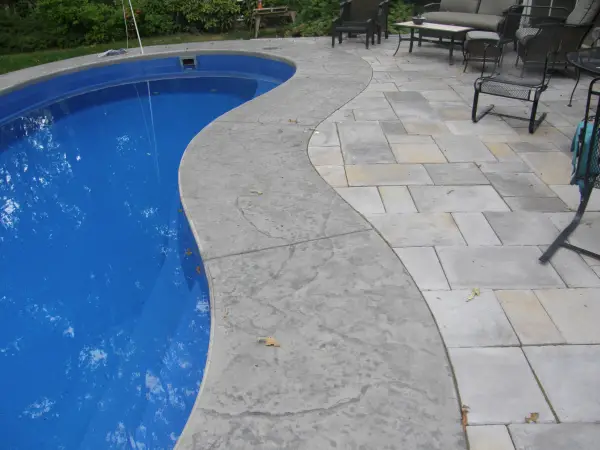
When it comes to helping your pool stand out amongst the commonplace, the difference is in the details. One of the often overlooked elements in your overall pool design is your coping – it’s not only structurally significant, it’s also a way of adding visual impact.
Of course you don’t have to use pre-cast coping – you could, as an alternative, use a continuous decking design, taking your concrete deck right up to the very edge of your pool. There’s something that’s very aesthetically pleasing when you’ve used pool coping to add an edge to your pool.
Pool Coping Is More Than Just Trim
Pool coping does a lot more than just look good – It protects typical decking against water damage, and even protects people who are entering and exiting the pool – the smooth edges of the coping provide swimmers with something that they can take hold of if they become tired. The coping also ensures that swimmers don’t injure themselves on sharp edges.
Designs
There are four main types of pool coping that can be recreated with concrete:
- Rough Cut: This type of coping is created using the look of rough stone. It has a natural look and a textured edge.
- Bull Nose: This type of coping is often made from stone, concrete, brick or steel. Bull nose is the most popular style of pool coping, with its rounded edge. When bull nose coping is made from concrete, it can be colored to match any type of outdoor décor.
- Rolled Edge: With the exception of steel, rolled edge coping is made from the same materials as bull nose. The edge is upturned, and because it gives swimmers something to hold onto, it’s one of the most popular treatments for pools that are used primarily for exercise as opposed to simply splashing about.
- Cantilever: This style of coping is sleek and modern – it’s straight on top, and then drops to form a ninety degree angle, giving the illusion of the decking material being thicker than it really is.
Replacing Pool Coping
Pools see a lot of activity, and so does your coping. It can become damaged due to being jumped on, or from carrying equipment in and out of the pool, the weather or the pool chemicals. If you let it get too bad, people could be injured from damaged pool coping.
